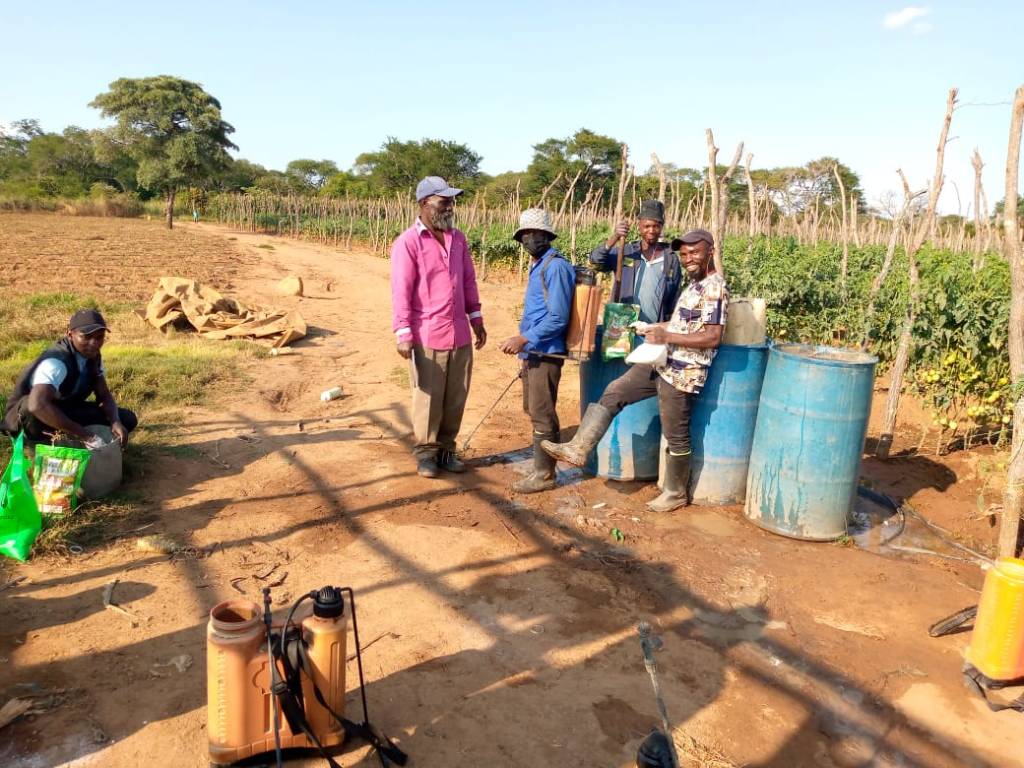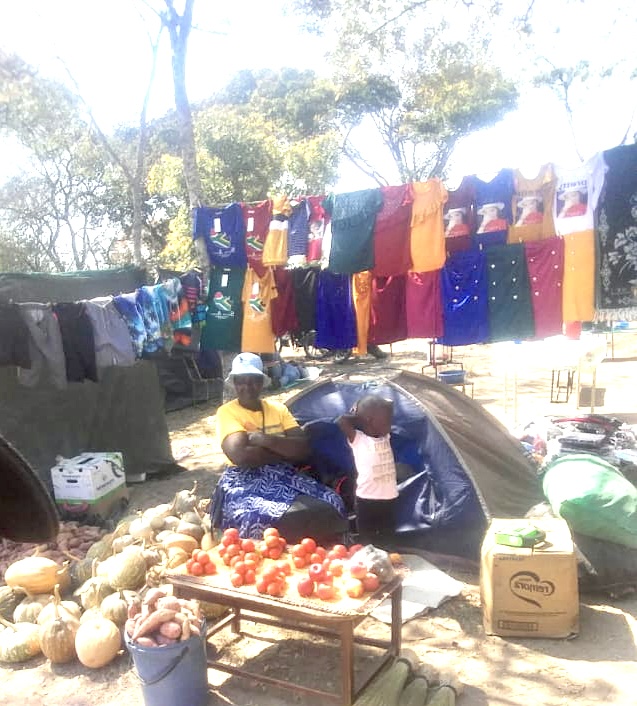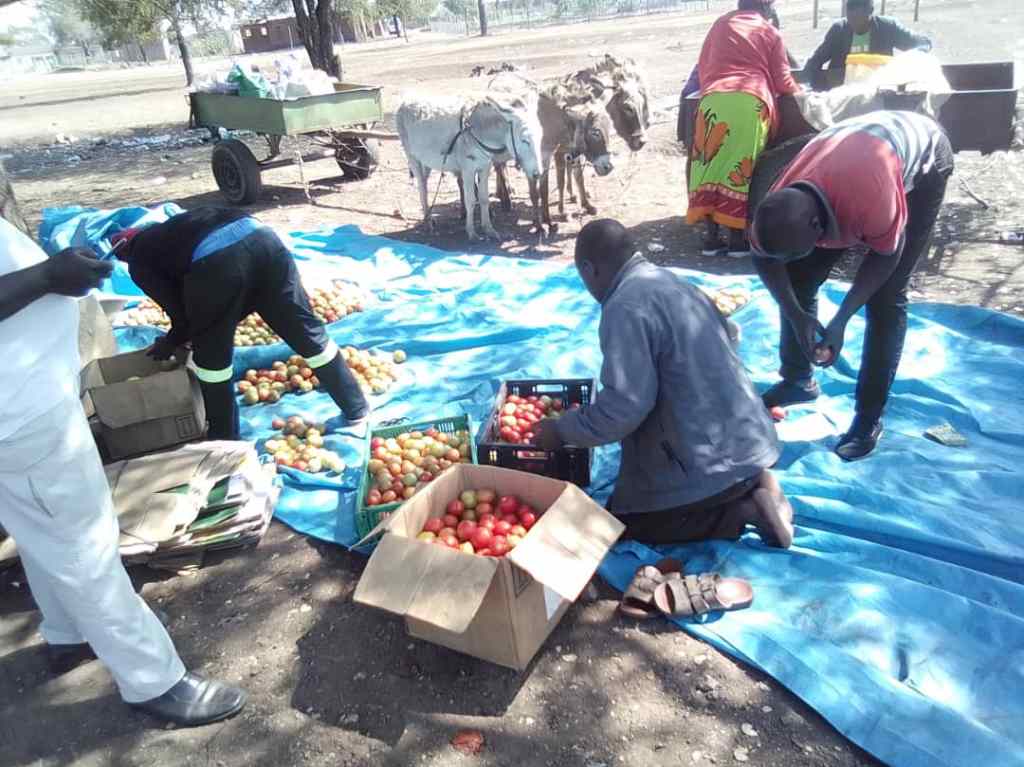
The last blog offered a brief overview of different churches across our study sites. This second blog in this series focuses on their role in agriculture and markets, and more broadly rural livelihoods. Given their different histories, forms of organisation, finance and religious beliefs different churches’ influence is quite varied.
The modernising mission
As discussed previously, the missionary churches that dominated in the colonial era were committed to a vision of elite, technically ‘modern’ African farming. This was often central to the paternalistic form of development offered through vocational training and an array of ‘development’ projects.
The famed American Methodist ‘native instructor’, E.D. Alvord, proclaimed a ‘Gospel of the Plow’ in his book. He was influential in framing agricultural policies from the 1927 onwards when an extension programme was established by the state, with many of his ideas being central to support for ‘native agriculture’ for decades, becoming enshrined for example in the Native Land Husbandry Act of 1952. The Alvord Training Centre exists today in Masvingo province and has been a site of training for many of the farmers in our sites.
In the same way, training at Reformed Church of Zimbabwe centres (such as Morgenster) and Roman Catholic centres (such as Gokomere) were all focused on improving agricultural practices and the uplift of African communities.
Churches as land owners
Many of these churches also had farms on significant amounts of land allocated by the colonial state, often near ‘native’ reserve areas. These not only provided agricultural produce for use in schools, colleges and hospitals, but also were a source of revenue. They also became training centres for sharing a particular version of agriculture in a period when the extent of state-led agricultural extension was limited. Such efforts in turn were supported by manuals, pamphlets and books produced by church-owned printing presses. The modernising (Christian) version of agriculture dominated rejected the ‘backward’ ways of African agriculture and became firmly allied to the colonial project.
Not all such efforts were misplaced of course. Breeding of crops and animals, a focus on soil conservation and initiatives to encourage mechanisation were taken up by some, most notably the leading ‘master farmers’ and those chosen for freehold plots in the so-called Native Purchase Areas. However, as the liberation war revealed some such interventions as imposed by the colonial state were widely resented and became a focus for mobilisation of local farmers in the struggle.
Today, although such church farms have contracted in size, in part due to land reform, they remain important. The newer institutionalised African indigenous churches have followed the model, with the ZCC for example having multiple farms that produce significant quantities of cereals, livestock and other crops.
How church gatherings change agricultural production and marketing

The newer churches, including both the Pentecostals (notably AFC) and the African Indigenous churches (ZCC, Johanne Marange) encourage commitment of their followers through huge gatherings in different locations across the country, often several times of year. These church gatherings involve thousands of followers who are in turn joined by thousands of businesspeople, selling food, goods and so on. These are major business opportunities for those living in the area and influence agricultural production and marketing in important ways.
For example, in our Chatsworth study sites farmers gear their production to the annual gatherings of the AFM at Rufaro and make use of the huge market for produce. Plantings are done at particular times so produce is ready for the gatherings. Meanwhile, others process agricultural products for sale, including setting up canteens and small shops. Still others come with things to sell boosting their incomes. In this way, the local economy is transformed for a number of weeks each year. While this ceased during the pandemic, with major consequences for local farmers as they explained, the gatherings have started again, although with the split in the AFM, the numbers have declined, although the breakaway group still has its own gatherings, influencing another area nearby.
In the same way, the ZCC and the Johanne Marange Apostolic church have huge annual gatherings, attracting participation from many countries across the region. At Mbungo in Masvingo, near one of our sites, several gatherings are held by the ZCC attracting thousands, and causing traffic chaos in the area as people arrive en masse both for worship and business. In the same way, along the Bulawayo Road from Masvingo the Johanne Marange church gathers, again providing important marketing and business opportunities for farmers in our study sites.

Such massive church gatherings have a huge influence on how agriculture is practised – what is grown, when and how its value can be transformed in these very particular markets. Largely ignored in agricultural policy and research on agricultural markets, the role of churches (of different types with different demands) is an area requiring much more insight.
Large church gatherings are a relatively new phenomenon and were not part of the old mission style churches practices. Nevertheless, the older churches have always provided an important source of markets – notably supplying church mission boarding schools, hospitals and training colleges for example.
In all our study sites, these remain important sources for marketing, and the resettlement area farmers in particular have leapt at the opportunity, producing particular crops demanded by canteens, whether soybeans or butternut squash. Lucrative deals with such church institutions, often brokered through church connections, are important for commercialising farmers in all our sites.
Religious beliefs and practices shaping agriculture
As discussed above, the mission-led Christian churches preached a modernising vision of agriculture, one that is central to government policy and extension support today. This has been pursued by newer arrivals, both within protestant denominations (such as the Seventh Day Adventists) and among the Pentecostals. This allies with their vision of rejecting the ‘backward’ African ways in religious practice, projecting this into agricultural education and training, as well as the design of projects.
These approaches are influenced more by Euro-American visions of farming than drawing on indigenous knowledges and practices and are reinforced by selective quotations from the Bible. Financing of such projects – often through donations from Europe or the US – allows such a vision to be pursued as ‘development’, in turn closely allied with state-led support in agriculture.
Rejecting such influences, the religious practices of Johanne Marange Apostolic Faith followers foster a very different approach to agriculture and markets, which is having a huge impact on rural areas including our study sites. Johanne Marange followers are encouraged to seek self-reliance, with a distrust in the state, medical science and indeed standard agricultural approaches. In addition to the support for skill development in particular trades discussed in the previous blog, Johanne Marange followers are committed commercial agriculturalists, but in a form shaped by their religious beliefs. This has a large impact in areas where such followers live.
For example, the large flow of horticultural markets in Masvingo is dominated by a number Apostolic faith church members who have large, irrigated farms in the resettlement areas where we work (see lead photo). With a rejection of formal education and a strong commitment to polygamy, they rely on large reserves of family labour, as a large number of wives and children are available as labourers in any household. With skills within the church community, repairs, manufacture and adaptation of machinery is easily done, and many are important innovators in agriculture, leading others in the wider area. As skilled traders and vendors they have access to goods often at cheap prices, and large, closely linked families in tight communities encourage collective arrangements such as shared ploughing and joint arrangements for farm labour.

Religion and agriculture: a poorly understood connection
Understanding how religion affects family structure, labour and so production is a crucial but understudied aspect of agricultural development. For example, with growing numbers of adherents to the Johanne Marange Apostolic church in some parts of the country, this is having a massive influence, especially in the resettlement areas where large areas of land can be exploited with relatively good soils with irrigation potential.
As the examples in this blog have shown – derived from discussions across our six study areas – organised religion, agriculture and markets are intimately linked. In different areas of the country, the connections will be contrasting, but recognising the role of religion in agriculture is essential; whether in terms of the beliefs and practices that influence the organisation of production and marketing, the generation of markets through church-based activity and through formal institutionalised interventions – such as church farms or educational initiatives.
Given the importance of religious affiliation in the lives of most Zimbabweans, factoring in religion into analyses of agricultural development is vital, but rarely done.
This blog (the second in a short series, see the first blog here) was first published on Zimbabweland and was compiled by Ian Scoones. It is informed by contributions from Judy Bwerinofa (Triangle), Jacob Mahenehene (Chikombedzi), Makiwa Manaka (Chatsworth), Bulisie Mlotshwa (Matobo), Felix Murimbarimba (Masvingo/Hippo Valley), Moses Mutoko (Wondedzo) and Vincent Sarayi (Mvurwi)
